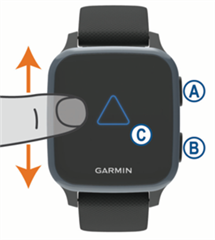
Hello Everyone,
I am making an app I only plan to use for my personal Venu Sq. I often find myself accidentally clicking B and exiting the app/activity session when doing everyday tasks. I was wondering if there was a way to code the watch app so exiting the app/activity can only happen when the A and B buttons are held for 20 seconds.
I am having trouble finding references on how to do so in the SDK API docs or from others online. Thank you so much for your help in advance.


